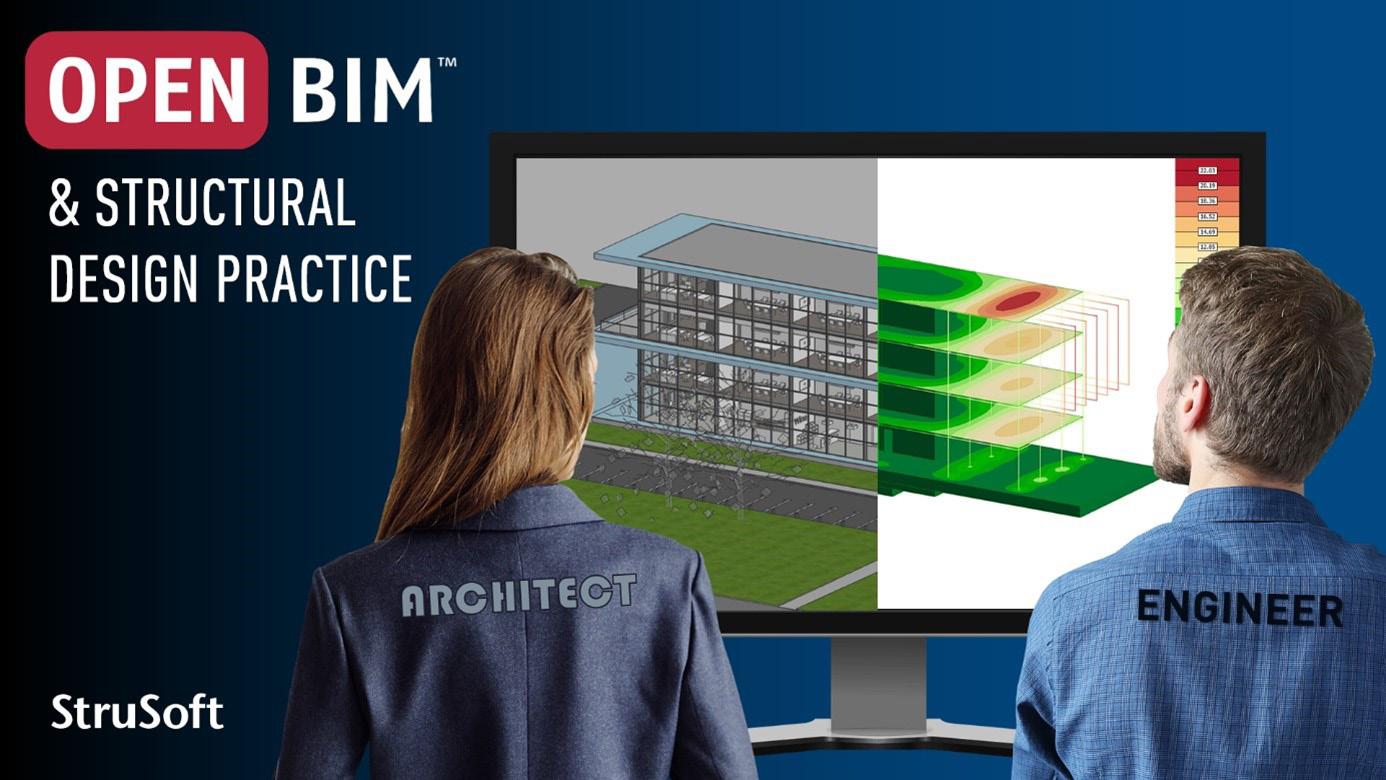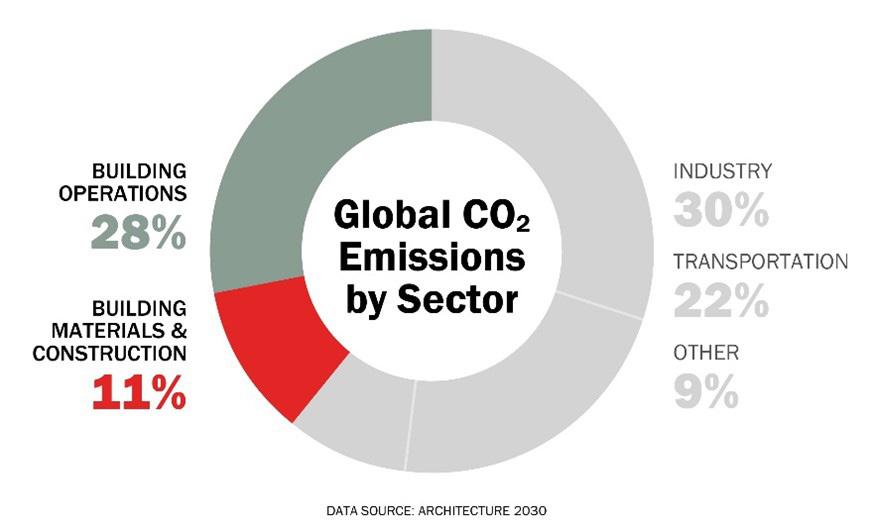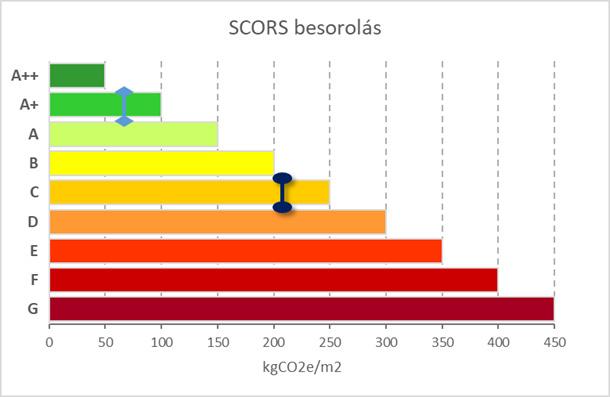
2 minute read
Open BIM & Structural Design Practice
RECHTORISZ ÁKOS / Product Manager / StruSoft
The presentation demonstrates two essential ways of BIM-based collaboration. The first is the IFC, which is widely used in practice and the second is SAF (Structural Analytic Format), which was recently born but rapidly spreading, innovative, focusing on structural design-based collaboration concepts, and it is trendy among structural engineers. The live demonstration focuses on the practical efficiency, the requirements, the major steps and the differences between the two methods that both focus on the structural design stage by using open standard formats accessible to everyone.
Advertisement
CO2 FOOTPRINT CALCULATION OF BUILDING STRUCTURES
DR. MERCZEL DÁNIEL / manager / ARC-S Innovation & Technology Kft.
According to planetary scientist the period that lasted for the past ten thousand years, the holocene has come to an end with the 21st century. It’s place was taken by the anthropocene, referring to the fact that mankind displaces more rock and soil and affects the equilibrium of nature more than natural phenomena i.e. wind, rivers and sunshine combined. Climate change for a few years has been disputed, but by now it has been a widely accepted and investigated fact. Findings show that the built infrastructure has a whopping 40% contribution to all global emissions, out of which 11% is attributable to the building industry and construction materials. This leads us the conclusion that structural engineers can be responsible for a lot more GHG (green house gas) emissions, or in the other hand contribute to sustainability more than most fellow human beings.
Having understood the implications of our trade and our daliy decisions on GHG emissions, the international engineering comunity began to organise task groups and cunduct thorough research of the topic. Today an engineer can find abundant and free resources on the carbon footprint of building structures, calculation and mitigation processes. There are also benchmark calculations and databases to compare projects to. The knowledge is out there and one just has to take the time and effort to master the skills necessary to make carbon assessments. This is due diligence for now, but is becoming advantegous in bids and soon it might become a mandatory requirement on all projects. The presentation on the conference will cover the aspects mentioned above in an introductory manner to provoke the interest of the students.












